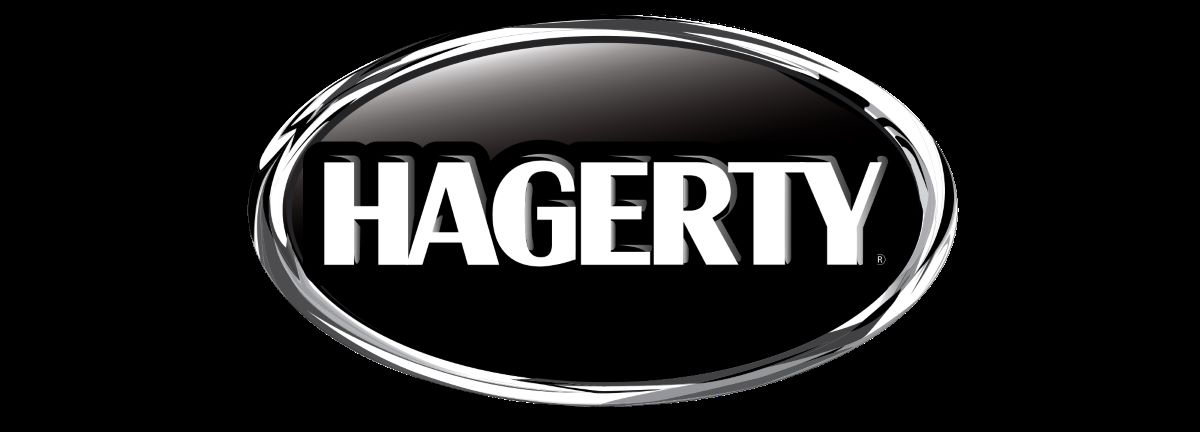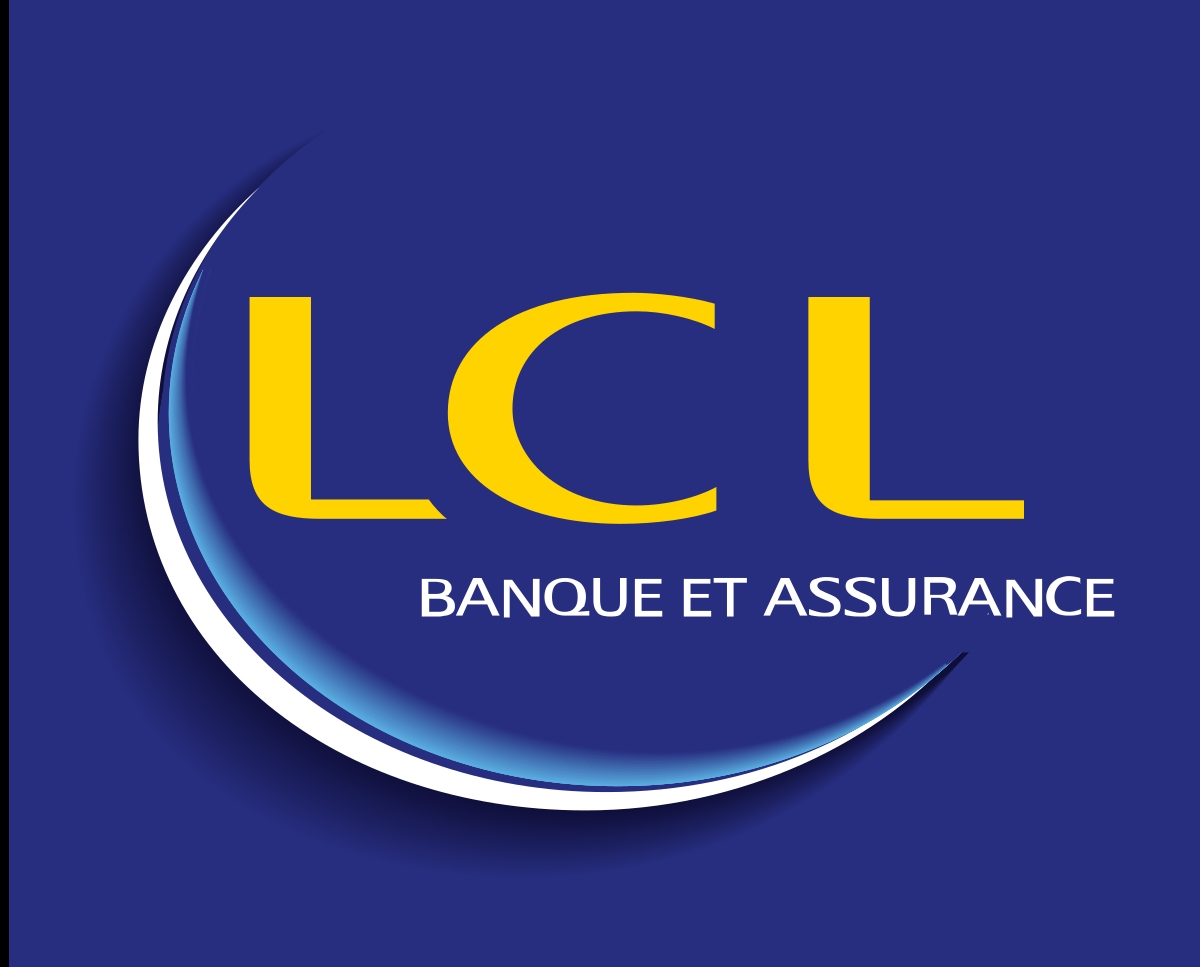

Finance
Who Originates Their Own Loans?
Published: February 17, 2024
Find out who originates their own loans in the finance industry and how it impacts your borrowing experience. Learn more about finance and loan origination.
(Many of the links in this article redirect to a specific reviewed product. Your purchase of these products through affiliate links helps to generate commission for LiveWell, at no extra cost. Learn more)
Table of Contents
Introduction
Understanding Loan Origination
When individuals or businesses seek financing, they often wonder where the funds actually come from. Understanding the concept of loan origination is crucial in this regard. Loan origination refers to the process by which a borrower applies for a loan, and a lender processes the application, approves it, and disburses the funds. It's important to note that not all lenders originate their own loans. Some lenders act as intermediaries, connecting borrowers with funds from third-party sources, while others have the capacity to originate loans directly.
In this article, we will explore the various entities that engage in loan origination, shedding light on the different types of lenders and how they operate. By understanding the landscape of loan origination, borrowers can make informed decisions when seeking financing, ensuring they choose a lender that aligns with their specific needs and preferences. Let's delve into the world of loan origination and uncover the entities that play a pivotal role in providing individuals and businesses with the capital they require.
Understanding Loan Origination
Loan origination is a fundamental aspect of the lending process, encompassing the steps involved in the creation of a new loan. It begins with the borrower submitting a loan application to a lender, which is then evaluated to determine the borrower’s creditworthiness, the amount they qualify for, and the terms of the loan. This process involves thorough assessment and verification of the borrower’s financial standing, employment status, credit history, and other relevant factors.
Once the loan application is approved, the lender disburses the funds to the borrower, who is then obligated to repay the loan according to the agreed-upon terms. It’s important to note that not all lenders originate their own loans. Some lenders, such as banks and credit unions, have the capability to originate loans directly, utilizing their own funds. On the other hand, there are lenders that act as intermediaries, facilitating loans by connecting borrowers with third-party investors or financial institutions.
The loan origination process involves meticulous attention to detail and adherence to regulatory guidelines to ensure that the loans extended are viable and sustainable. Additionally, lenders may employ advanced technologies and data analytics to streamline the origination process, making it more efficient and enhancing the overall borrower experience.
Understanding loan origination is essential for borrowers as it allows them to comprehend the intricacies of the lending landscape and make informed decisions when selecting a lender. By gaining insights into the loan origination process, borrowers can effectively navigate the borrowing journey, identify reputable lenders, and secure financing that best suits their requirements.
Banks and Financial Institutions
Banks and financial institutions are prominent players in the loan origination arena. These entities have the capacity to originate loans directly, utilizing their own capital to fund the loans they extend to borrowers. Whether it’s personal loans, mortgages, small business loans, or other forms of financing, banks play a pivotal role in meeting the diverse borrowing needs of individuals and businesses.
One of the key advantages of obtaining a loan from a bank is the established reputation and stability associated with these institutions. Banks adhere to stringent regulatory standards and have robust risk management frameworks in place, providing borrowers with a sense of security and reliability. Additionally, banks offer a wide array of loan products, allowing borrowers to choose options that align with their specific requirements and financial circumstances.
Furthermore, banks often have well-defined processes for loan origination, incorporating advanced technology and automated systems to streamline the application, approval, and disbursement phases. This not only enhances the efficiency of the lending process but also contributes to a seamless and convenient experience for borrowers.
When borrowers approach banks for loans, they typically interact with loan officers who guide them through the application process, assess their eligibility, and provide insights into the various loan products available. This personalized approach can be beneficial for individuals seeking guidance and support in navigating the complexities of borrowing.
Overall, banks and financial institutions play a crucial role in loan origination, offering a diverse range of loan products and leveraging their financial resources to meet the borrowing needs of customers. Their established presence, comprehensive product offerings, and commitment to regulatory compliance make them a preferred choice for many individuals and businesses seeking financing.
Online Lenders
Online lenders have emerged as dynamic participants in the loan origination landscape, revolutionizing the borrowing experience through digital platforms and innovative approaches. These lenders operate exclusively through online channels, providing a convenient and accessible avenue for individuals and businesses to secure financing.
One of the defining characteristics of online lenders is their agility and flexibility in catering to a diverse range of borrowers. Whether it’s individuals with varying credit profiles, entrepreneurs seeking small business loans, or consumers in need of quick personal loans, online lenders offer tailored solutions to address specific financial needs.
Moreover, online lenders leverage advanced algorithms and data analytics to assess creditworthiness, enabling them to expedite the loan approval process and provide rapid funding to approved applicants. This streamlined approach resonates with borrowers who prioritize efficiency and prompt access to capital.
Another notable aspect of online lenders is their ability to offer competitive terms and interest rates, often challenging traditional financial institutions and fostering a more competitive lending environment. By minimizing operational overheads associated with physical branches, online lenders can pass on cost savings to borrowers in the form of attractive loan terms.
Furthermore, the user-centric interface of online lending platforms empowers borrowers to navigate the entire loan origination process with ease. From submitting applications and uploading required documents to receiving electronic disclosures and e-signing loan agreements, the digital infrastructure ensures a seamless and transparent experience for borrowers.
For individuals who prioritize convenience, accessibility, and a streamlined application process, online lenders present a compelling option for obtaining financing. The evolving landscape of online lending continues to shape the borrowing ecosystem, offering innovative solutions that resonate with the preferences and expectations of modern-day borrowers.
Credit Unions
Credit unions are member-owned financial cooperatives that engage in loan origination to serve the financial needs of their members. Unlike traditional banks, credit unions operate under a cooperative structure, where each member has a stake in the institution. This unique framework often translates into a customer-centric approach to lending, with a focus on member satisfaction and community impact.
One of the distinguishing features of credit unions is their emphasis on personalized service and a strong sense of community. Members often experience a more intimate and collaborative interaction when seeking loans from credit unions, as these institutions prioritize building lasting relationships and understanding the unique financial circumstances of their members.
Additionally, credit unions are known for their commitment to financial inclusion and responsible lending. They often extend credit to individuals with limited credit history or lower credit scores, providing opportunities for those who may face challenges in obtaining loans from traditional banks. This inclusive approach aligns with the cooperative principles of mutual assistance and support.
Furthermore, credit unions are structured to operate in the best interests of their members, which can translate into competitive loan products and favorable terms. By leveraging the collective resources of their members, credit unions strive to offer cost-effective financing options, including auto loans, home equity loans, and personal loans, among others.
From a borrower’s perspective, credit unions offer a distinct alternative to traditional banking institutions, with an emphasis on personalized service, community impact, and a commitment to inclusive lending practices. For individuals who value a more intimate and member-focused approach to borrowing, credit unions present a compelling choice for meeting their financial needs.
Peer-to-Peer Lending Platforms
Peer-to-Peer (P2P) lending platforms have redefined the lending landscape by facilitating direct borrowing and lending interactions between individuals, bypassing traditional financial intermediaries. These platforms harness the power of technology to connect individual borrowers with investors seeking to fund loans, creating a decentralized and efficient lending ecosystem.
One of the key attributes of P2P lending platforms is their ability to offer diverse borrowing options, catering to a wide spectrum of personal and business financing needs. Whether it’s debt consolidation, home improvement projects, small business expansion, or other funding requirements, P2P platforms provide a marketplace where borrowers can access capital from individual investors.
Moreover, P2P lending platforms often leverage advanced algorithms and data analytics to assess the creditworthiness of borrowers, enabling them to assign risk-adjusted interest rates and facilitate transparent loan pricing. This data-driven approach enhances the efficiency of the lending process and empowers investors to make informed decisions when funding loans.
For individual investors, P2P lending presents an opportunity to diversify their investment portfolios and potentially earn attractive returns by participating in the lending marketplace. By allocating funds across multiple loans, investors can spread risk and potentially achieve a balanced blend of fixed income assets within their investment strategy.
From a borrower’s standpoint, P2P lending platforms offer an alternative avenue for obtaining financing, often with competitive interest rates and a streamlined application process. The peer-to-peer model fosters a sense of community-driven lending, where borrowers and investors mutually benefit from the direct interaction, bypassing the traditional banking infrastructure.
Overall, P2P lending platforms exemplify the convergence of technology and finance, providing a decentralized platform for borrowers and investors to engage in direct lending relationships. The innovative nature of P2P lending continues to shape the financial industry, offering a compelling alternative to traditional lending channels.
Conclusion
Loan origination encompasses a diverse landscape of entities that play integral roles in providing individuals and businesses with access to vital financing. From traditional banks and credit unions to innovative online lenders and peer-to-peer lending platforms, borrowers have a plethora of options to consider when seeking capital. Understanding the nuances of each lending avenue empowers borrowers to make informed decisions aligned with their specific financial needs and preferences.
Traditional banks and financial institutions stand as pillars of stability and reliability in the lending domain, offering a wide array of loan products and leveraging their financial resources to meet the diverse borrowing requirements of customers. Their adherence to rigorous regulatory standards and established presence in the financial industry solidifies their position as preferred lenders for many individuals and businesses.
On the other hand, the emergence of online lenders has introduced a paradigm shift in the borrowing experience, leveraging digital platforms to offer convenience, accessibility, and competitive loan terms. The agile nature of online lending resonates with modern-day borrowers who prioritize efficiency and a streamlined application process.
Credit unions, with their member-focused approach and commitment to financial inclusion, provide a compelling alternative to traditional banking institutions. Their cooperative structure and emphasis on personalized service create a unique borrowing experience that resonates with individuals seeking a more intimate and community-oriented approach to lending.
Lastly, peer-to-peer lending platforms have disrupted the lending landscape by fostering direct interactions between borrowers and individual investors, offering diverse borrowing options and investment opportunities within a decentralized marketplace. The innovative nature of P2P lending continues to shape the financial industry, providing an alternative avenue for obtaining financing.
As borrowers navigate the lending landscape, the availability of diverse loan origination channels presents them with the opportunity to select lenders that align with their values, preferences, and financial goals. By understanding the distinct attributes of each lending entity, borrowers can make well-informed decisions, ensuring that their borrowing journey is tailored to their individual needs and supported by a lender that best meets their requirements.














